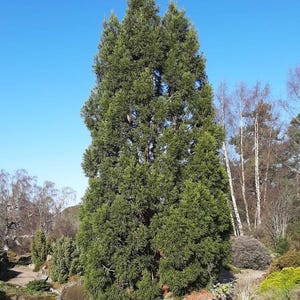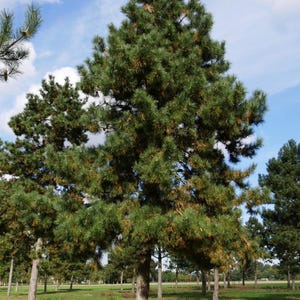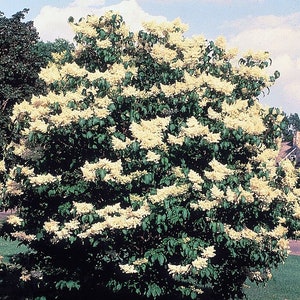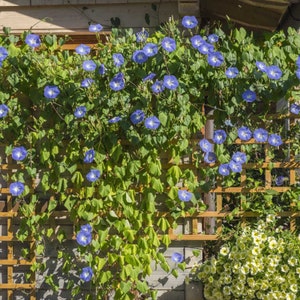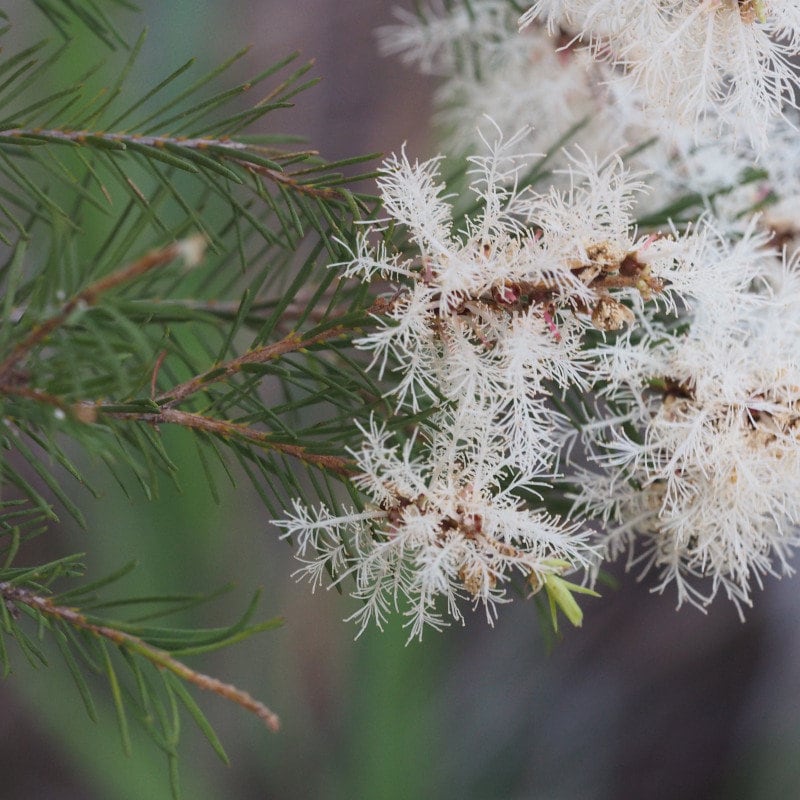
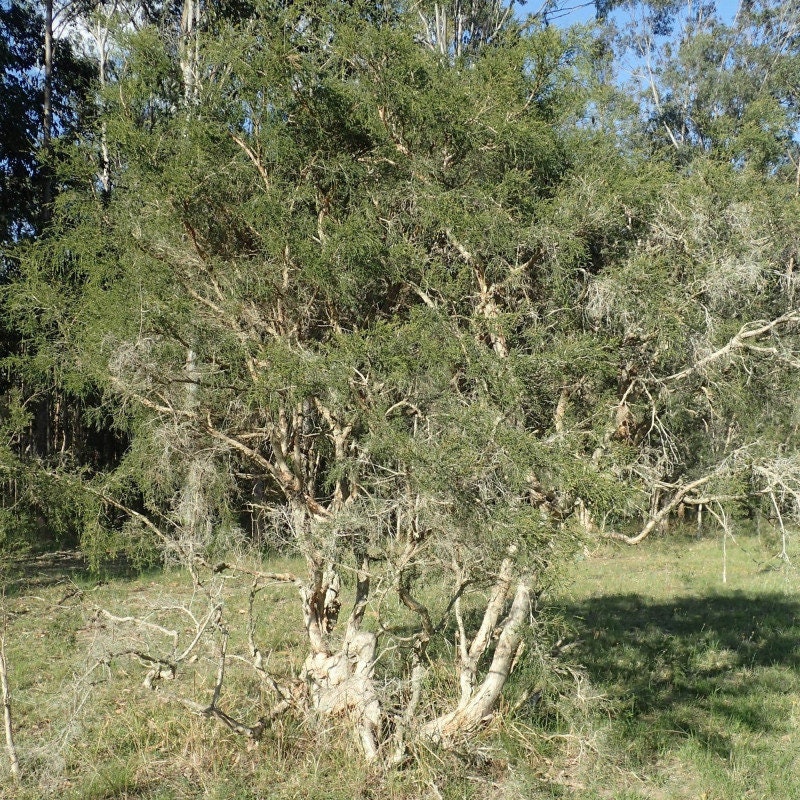
Seeds
Melaleuca Alternifolia Seeds, Tea Tree
$4.25 $7.07
-
Details**Melaleuca**, also known as the "tea tree," is a genus of plants belonging to the Myrtaceae family, which includes popular species such as **Melaleuca alternifolia** (the Australian tea tree). This genus is prized for its spike-like flowers and aromatic foliage. Sowing **Melaleuca** seeds can be a bit tricky due to the small size of the seeds and the need for specific conditions, but with the right method, you can successfully grow them.
Here is a guide to successfully sowing Melaleuca seeds.
---
### **Materials required:**
- **Melaleuca** seeds.
- Light and well-draining substrate (seedling compost, perlite, sand).
- Pots or seed trays.
- Spray bottle or watering can with a fine nozzle.
- Mini-greenhouse or plastic film (optional).
- Indirect light or horticultural lamp.
---
### **Steps for sowing Melaleuca seeds:**
#### 1. **Seed preparation:**
- **Melaleuca** seeds are small and can have a tough skin. Scarification is not usually necessary, but soaking the seeds in warm water for about **12 to 24 hours** can help improve germination by softening the seed skin.
#### 2. **Choosing the time to sow:**
- The best time to sow **Melaleuca** seeds is in **spring** or **summer**, when temperatures are stable and moderate.
- Seeds germinate best at a temperature between **18 and 24°C**.
---
#### 3. **Substrate preparation:**
- Use a light, well-draining mix, such as a mixture of **seedling mix**, **perlite**, and **sand** (or vermiculite) to ensure good drainage.
- Fill pots or seed trays with this substrate and lightly tamp down to level the surface, without compacting too much.
---
#### 4. **Sowing the seeds:**
- **Sow the seeds on the surface** of the substrate. **Melaleuca** seeds are very small, and it is important not to bury them, as they need light to germinate.
- **Do not cover them**, but gently press the seeds to ensure good contact with the substrate.
- You can also lightly spray with water to maintain constant humidity.
---
#### 5. **Germination conditions:**
- **Humidity:** Maintain constant humidity, but avoid saturating the substrate. Spray lightly if necessary.
- **Temperature:** Place the pots in a warm spot, ideally at **18-24°C**. A stable, moderate temperature is crucial for germination.
- **Light:** Melaleuca seeds need light to germinate, so place them in a bright location, but avoid direct sunlight, which can dry out the substrate.
- A **mini-greenhouse** or **plastic film** can help maintain a constant temperature and humidity, but be sure to ventilate regularly to avoid mold.
---
#### 6. **Germination time:**
- Germination of **Melaleuca** seeds can take between **3 and 6 weeks**, depending on heat and humidity conditions. Be patient and continue to maintain stable temperature and humidity.
---
### **Seedling Care:**
#### 1. **After germination:**
- Once the seedlings appear, continue to maintain consistent moisture. They will need indirect light to thrive. A grow light can be used to provide sufficient light, especially if you are sowing indoors.
- **Aeration:** If you used a mini-greenhouse or plastic film, remove them gradually to allow the seedlings to adapt to the ambient air and avoid excess humidity.
#### 2. **Watering:**
- Water young seedlings moderately, keeping the substrate slightly moist. Use a spray bottle to avoid disturbing the small roots and leaves.
- Avoid letting water stagnate in the pots, as this can lead to root rot.
---
#### 3. **Transplanting the seedlings:**
- When the seedlings have reached **2-3 cm in height** and you can handle them without risk of damaging them, you can start transplanting them into individual pots. Handle the roots with care, as they are still fragile at this stage.
- Be careful not to bury the roots too much and to keep a little humidity around the young plants.
---
### **Transplanting into open ground:**
#### 1. **When to transplant:**
- Once the young plants are sufficiently robust and when the outside temperatures are stable and warmer (in spring or summer), you can transplant them into the ground.
- Make sure there is no longer any risk of frost.
#### 2. **Location:**
- **Melaleuca** prefers a location in full **sun** or **bright light** for optimal flowering. Choose a sunny spot, especially for species like **Melaleuca alternifolia**.
- The soil should be well-drained, light, and slightly acidic. If necessary, improve drainage by adding sand or gravel.
#### 3. **Spacing:**
- Space young plants **30 to 50 cm** apart to allow each plant to develop properly.
---
### **Maintenance after planting:**
1. **Watering:**
- Melaleuca needs moderately moist soil, but once established it is quite drought tolerant.
- Make sure young plants are not overwatered. It is best to let the soil dry out between waterings.
2. **Size:**
- If necessary, you can lightly prune dead or damaged branches to promote better shape and denser growth.
- You can also prune lightly after flowering to encourage new growth.
3. **Fertilization:**
- Melaleuca does not need frequent fertilization, but a moderate addition of a balanced liquid fertilizer in spring can encourage good growth.
4. **Hardiness:**
- Some Melaleuca species are frost-sensitive, while others are more resistant. You may need to protect your young plants in winter if you live in a cold region.
---
### **Additional Tips:**
- If you live in an area with cold temperatures, it may be best to grow **Melaleuca** in a pot, which you can bring indoors during the winter.
- **Melaleuca** can be susceptible to excessive moisture and root rot, so make sure the soil is well-drained and that pots or outdoor soil do not remain too soggy. -
Shipping & Policies
Shipping from France
Processing time
1-2 business days
Customs and import taxes
Buyers are responsible for any customs and import taxes that may apply. I'm not responsible for delays due to customs.
Payment Options
Returns & Exchanges
I gladly accept returns and exchanges
Just contact me within: 14 days of delivery
Ship items back to me within: 30 days of delivery
I don't accept cancellations
But please contact me if you have any problems with your order.
The following items can't be returned or exchanged
Because of the nature of these items, unless they arrive damaged or defective, I can't accept returns for:
- Custom or personalized orders
- Perishable products (like food or flowers)
- Digital downloads
- Intimate items (for health/hygiene reasons)
Conditions of return
Buyers are responsible for return shipping costs. If the item is not returned in its original condition, the buyer is responsible for any loss in value.

